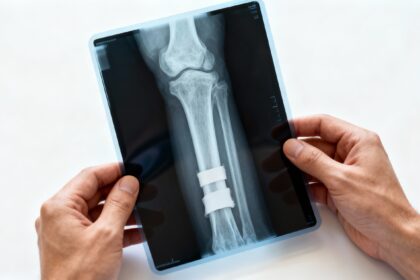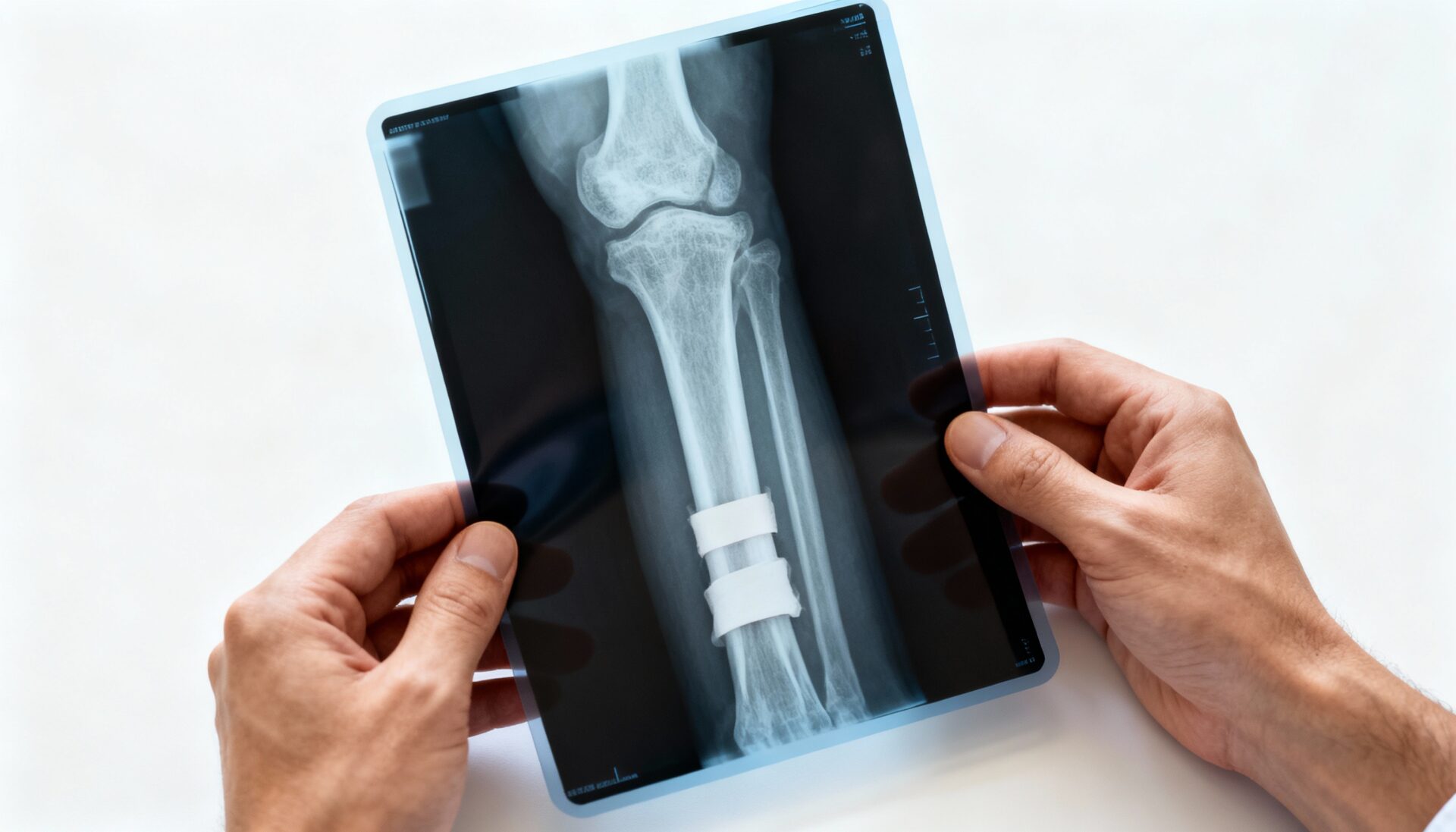By Chuck Wolf, MS
Our first segment of the Flexibility Highway series discussed the Anterior Flexibility Highway that enhances extension movements. This is necessary to allow people to stand upright and allow overhead reaching movements. The first article, Anterior Flexibility Highway: A Pathway to Improved Reaching, discussed how all muscles are connected to their adjacent muscles and make up a continuous connection resulting in more efficient movements.
The second segment of our series is the Posterior Flexibility Highway (PFH). This Highway promotes flexion, or bending moments, such as leaning forward, squatting, or sitting, just to name a few. The PFH starts at the bottom surface of the foot. It then connects with the Achilles tendon, located at the bottom of the calf attaching the calf to the back of the foot. The Achilles tendon connects to the calf and runs northward and attaches the hamstrings.
Hamstrings
The hamstrings further connect to the bones on the bottom of the pelvis called the ischial tuberosity, or commonly referred as the “sits bone”. From this junction, there is a northward connection to the gluteal muscles. The gluteal muscles then join to the base of the spine, a region called the lumbar fascia. From the lumbar fascia, the Posterior Flexibility Highway traverses northbound along the muscles of the spine called the erector spinae. Finally, they unite with the tissue at the bottom of the skull and continue forward to the forehead region. It is important to have good range of motion of the PFH as it will help with daily activities that require any forward bending, walking, reaching, and even twisting.
Stretching
 Traditionally, the most common way to stretch the Posterior Flexibility Highway has been to stretch the hamstrings by lying supine (face up) and raising a leg upward to the sky. However, because of the very important connection the hamstrings have with the calf, it is also important to properly stretch the calf as well. For a different, and more integrated approach to stretch the hamstrings and the entire PFH, please refer to the photos below.
Traditionally, the most common way to stretch the Posterior Flexibility Highway has been to stretch the hamstrings by lying supine (face up) and raising a leg upward to the sky. However, because of the very important connection the hamstrings have with the calf, it is also important to properly stretch the calf as well. For a different, and more integrated approach to stretch the hamstrings and the entire PFH, please refer to the photos below.
For many people complaining of “tight hamstrings”, it was actually the tight muscle tissue of the calf that caused a “pulling” sensation upon the hamstrings, giving the sensation of tightness. Therefore, it is advisable to stretch both of these muscle tissues when stretching the PFH. Possessing proper range of motion in the Posterior Flexibility Highway will allow greater freedom of movement. The proper range of motion can also help reduce low back discomfort.
Please refer to the photos below to stretch the entire Posterior Flexibility Highway. Hold the stretch for 20-30 seconds and perform 2-3 repetitions of this stretch. If performed properly, you should feel improved range of motion in the back of the legs, hips, and back. The improved range of motion will be most noticeable when you perform bending actions.

From the photos, please notice the different foot positions of the weight bearing foot. Turn the forward leg right to left several times. This will gain the full motion of the hamstrings. Not only to lengthen them, but also for side-to-side motion as well.
Previous injuries
If you have injuries to any region that makes flexion difficult, move into these positions cautiously. Only move to your own threshold. Then, hold that position. If any discomfort is present, either stop, or continue only up to the point of discomfort, but not through it.
Our next article will discuss the Lateral Flexibility Highway that promotes side bending and rotational movements. To your good health!







































